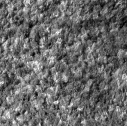
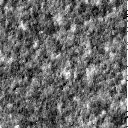




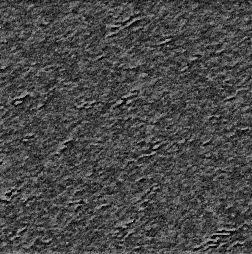
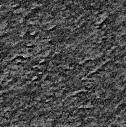
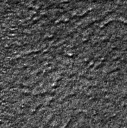
The natural textures came
from the well-known collection "VisTex" of the MIT Media Laboratory,
and the
artificial images are simulated as samples of specific Gibbs random fields
with multiple pairwise
pixel interactions. All details are given
in my relevant
publications. Most of the
initial results in
simulating,
retrieving, and segmenting textures with a generic
Markov-Gibbs random field model have been detailed
in my monograph
published
in the series "Computational Imaging and Vision":
G.L.Gimel'farb : Image Textures and Gibbs Random Fields . Dordrecht : Kluwer Academic, 1999. 250pp.
Perhaps, two small hints can be helpful concerning the above images: there
are two simulated and one
natural texture in every triple, and the
natural texture is either the leftmost or the center one in the first row
and
either the rightmost or the center one in
the second row. Now, what is your choice?
Yes, you are almost right, the leftmost upper and the rightmost
bottom images are natural (if I did not mix
the file names). But
you may agree that all these textures are fairly similar...
Therefore, at least in a few cases it is possible to roughly mimic our visual perception of an image texture...
Markov-Gibbs texture models permit us to discriminate between
different types of textures depending on how closely
they can
be simulated using such a model. In particular, we can
define such texture types as, for instance,
This new approach to fast realistic synthesis of large-size textures
by smart sampling of a small-size training image
has been
developed in 2002 - 2005 together with my masters and PhD student,
Dongxiao Zhou, under the RSNZ
Marsden Fund Grant UOA122. The sampling, based on the Gibbs texture
model, allows us to estimate both the
characteristic geometry of a bunch
acting as a structural texture element (called texel by R. M. Haralick or texton
by B. Julesz)
and the
placement rule that governs relative positioning of different interdependent bunches.

training image |
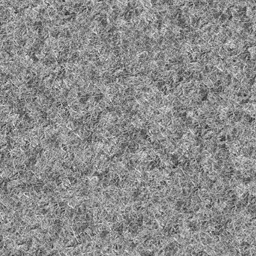
Synthetic texture "Grass0001" |
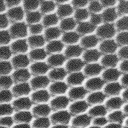
training image |
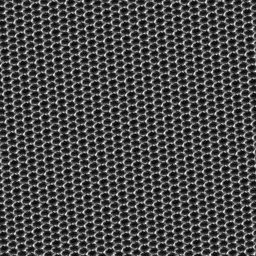
Synthetic rectified prototype "D003 Croc skin" |
Bunch sampling is quite successful for many spatially homogeneous textures,
allows us to rectify some weakly
inhomogeneous textures (i.e. synthesise their
homogeneous prototrypes) ,
but it fails if the images are strongly
inhomogeneous
(geometrically and/or photometrically) or if the training image is
too small to reveal the long-range
geometric structure of pairwise pixel interactions.
These features are exemlified by results of such synthesis
in the
thesis of
Dr. Dongxiao Zhou*) for various natural
textures from the Brodatz's database,
MIT Media Lab.'s VisTex
collection, and other sources. This approach
bridges the gap between the computationally intensive probabilistic
synthesis by random sampling of the Markov - Gibbs model and the fast heuristic block /
patch sampling when
each goal image may
have false inter-block borders
and verbatim
replicas of the training blocks and needs special
post-processing to
restore its realistic visual appearance. Bunch sampling escapes both
these shortcomings.